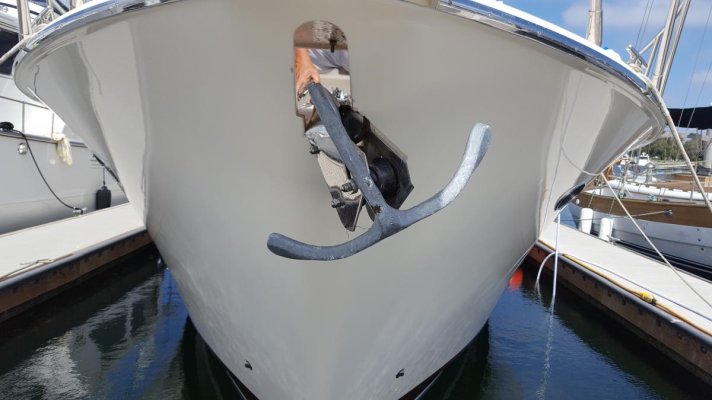RickyD
Guru
- Joined
- May 4, 2018
- Messages
- 803
- Location
- United States
- Vessel Name
- Aquarius
- Vessel Make
- Californian 55 CPMY
Also, back on track. It seems to me that while there is a moment when there is a greater amount of leverage working against the windlass at the instant the shaft meets the roller, the anchor is dangling, I can move it with my pinky. Then of course has it continues coming in, gravity has more leverage to elevate the end of the shank but the the angle of the anchor shaft moving to 90 degrees means the leverage is now with the windlass. So we just have to measure those changing forces at each position to know what is happening with our setup.....or.....if the anchor always comes in, "don't worry, be happy"




